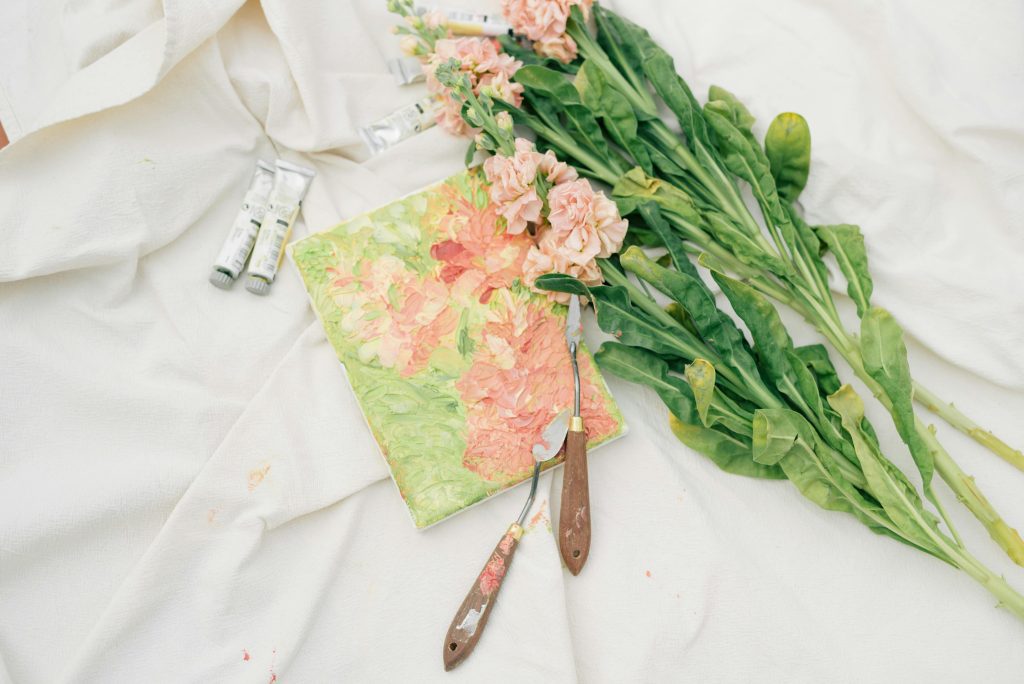How to Make Your Artist Portfolio SEO Friendly

SEO and Art Don’t Have to Be Opposites
Let’s be honest: SEO sounds like something techy people in glasses whisper about in data meetings. As artists, our world revolves around color palettes, texture, expression, and emotion, not keyword density and alt text. But here’s the thing: yourl online portfolio deserves to be seen, and search engines are the main road people take to discover art today.
Making your artist portfolio SEO friendly doesn’t mean turning into a robot or sacrificing creativity. It’s about tweaking a few behind-the-scenes details so your site can work harder for you, while you focus on creating. Think of it like framing your art just right so it catches the light, it’s still your work, just better displayed.
What’s wild is that many artists spend hours perfecting their websites, then forget to tell Google (and other search engines) how to find them. That’s where SEO comes in. You don’t need to be a tech wizard, just a bit strategic.
In this article, we’re going to make sense of it all. We’ll dive into how you can sprinkle SEO into your portfolio without losing your voice or your style. You’ll learn how to make tweaks that help your site show up when people are actively searching for work like yours..
1. Start with Strong, Searchable Page Titles
Your page title is like the label on your art, it tells people (and search engines) what they’re about to experience. But unlike clever art names, SEO titles should be clear, direct, and keyword-rich.
Let’s say your homepage just says “Welcome” or “Portfolio.” That’s a missed opportunity. A better title would be: “Modern Abstract Artist | Portfolio of Jane Doe | New York-Based Painter.” You still sound professional and creative, but now you’re discoverable.
Each page on your site should have a unique title that explains what’s inside. If you have a “Portraits” section, don’t just name the page “Gallery 1.” Name it “Figurative Portraits by [Your Name] – Acrylic on Canvas.”
Also, think about what someone would type into Google if they were looking for an artist like you. Then, try to use that exact phrase in your titles.
Want to check your titles? Hover over the browser tab, whatever pops up is your page title. Make sure it says more than just “Home.”
2. Give Each Image an Alt Tag That Tells a Story
Here’s an SEO trick that feels very artist-friendly: alt tags. They’re descriptions you add to your images so search engines, and visually impaired users, understand what’s being shown.
Why does this matter? Well, search engines can’t see your work. They rely on words to know what’s in an image. That’s where your alt tag comes in. It tells Google: “Hey, this is a painting of a blue heron in a foggy marsh, oil on canvas, by [Your Name].”
Not only does this help your work show up in image searches, but it also boosts accessibility, which is a beautiful bonus. And it’s not hard, most website builders let you add alt text when you upload an image.
Don’t just say “painting1.jpg” or “abstract.” Get descriptive. Imagine explaining the piece to someone who can’t see it. Use relevant keywords, but stay natural. You’re not stuffing keywords, just guiding search engines through your gallery.
3. Add Thoughtful Text to Every Page (Yes, Even Galleries)
Here’s a common mistake: an artist builds a gorgeous gallery page, uploads stunning images, and… that’s it. No text. No explanation. No context.
While your art should speak for itself, your website also needs words to speak to search engines. So, every page should include some descriptive text, especially gallery pages. This isn’t filler. It’s your chance to tell a mini story.
Write a few sentences about the theme of the series, the techniques you used, or what inspired the pieces. Use clear, descriptive language that includes relevant keywords like “contemporary ceramic sculpture” or “mixed media on wood panel.”
This not only improves SEO but helps potential collectors, curators, and collaborators connect with your work on a deeper level. You’re guiding them through your creative world with just enough narrative to keep them hooked.
Need a cheat sheet? Aim for at least 100 words per page of content. You can always format it so it complements the visual layout.

4. Blog It (Yes, Even If You’re Not a Writer)
Blogs aren’t just for lifestyle influencers and foodies, they’re goldmines for SEO, especially for artists. A blog gives your website fresh content, keeps visitors engaged longer, and gives search engines more reasons to visit.
But don’t panic. You don’t need to be a wordsmith. Your blog can be short, casual, and visual. Think of it like a studio journal. Share process updates, the story behind a recent piece, upcoming events, or even “a week in my sketchbook.”
Each blog post is another page indexed by Google, meaning more chances to show up in search results. And you can use keywords naturally, like “how I built my abstract collage series” or “preparing for an open call in Berlin.”
Bonus: blogging also gives you content to share in newsletters and on social media. You’re not just building SEO, you’re nurturing your audience.
If the idea overwhelms you, commit to one post a month. It adds up, and it works.
5. Optimize Your URL Structure Like a Pro
Let’s take a quick look at your website’s URLs. Are they short, clean, and clear? Or do they look something like this:
www.artname.com/gallery?id=8394238
Yikes. That string of numbers tells no one anything. Instead, go for:
www.artname.com/abstract-landscapes
or
www.artname.com/about-the-artist
Clean URLs help users navigate your site more easily, and search engines love them. Most website builders like Squarespace, Wix, or WordPress allow you to customize your URLs, so take the extra minute to rename them when you create a new page.
Use lowercase letters, hyphens (not underscores), and relevant words. Avoid dates unless your content is time-sensitive.
And once your URLs are set, don’t change them often, it can affect your SEO rankings. Treat them like the backbone of your portfolio’s structure.
6. Make Your Portfolio Mobile-Friendly (SEO Bonus!)
More than half of web traffic now comes from mobile devices. That means if your artist site doesn’t work well on phones and tablets, you’re losing both viewers and SEO points.
Google uses mobile-first indexing, which means it looks at the mobile version of your site to decide how to rank it. If your images load slowly or the text is hard to read on a phone, you’re at a disadvantage.
Choose a responsive design template that adapts to screen size. Test it on your own phone: does it load quickly? Is the menu easy to use? Are your images crisp but not massive files?
If designing a mobile-friendly site feels like too much, start with a platform that does the heavy lifting. The Women in Arts Portfolio Website is built with artists in mind. It’s fully responsive, minimal, beautifully clean, and ready to showcase your work on every device, from desktops to phones, without tech overwhelm. All you need is to create a profile over there, that’s it!
Also, avoid pop-ups and widgets that clutter the screen. A clean, intuitive layout with easy navigation will keep visitors happy, and Google will take note.
Mobile optimization isn’t a “nice to have” anymore. It’s an essential part of modern SEO.
7. Use Internal Linking to Keep People Exploring
Internal linking means adding links within your site that guide visitors to other pages, like connecting your homepage to your gallery, or your bio page to your blog.
This is great for SEO because it helps search engines understand your site structure and encourages visitors to stay longer. And the longer they stay, the better your site performs.
You can do this naturally. For example, in your bio, you might say, “See my latest floral ink series here,” and link to that specific gallery. In a blog post, you can link back to a related piece or to your contact page.
Think of internal links as gentle nudges, inviting people to go deeper. They help your site feel alive, cohesive, and thoughtfully curated.
Bonus tip: every page should eventually link back to your homepage. It creates a healthy SEO loop.

8. Nail Your Meta Descriptions (No, It’s Not Nerdy)
Meta descriptions are those little blurbs that appear under your page titles in search results. They don’t directly affect SEO rankings, but they do influence click-through rates. And more clicks mean more visibility.
Each page on your site should have a unique meta description, about 150–160 characters, that summarizes what that page offers. Think of it like a movie trailer: short, intriguing, and accurate.
For example:
“Explore the vibrant abstract landscapes of artist Jamie Lin, inspired by coastal topography and painted in acrylic.”
Make sure you include relevant keywords naturally. Don’t copy-paste the same description across your entire site. That’s a missed opportunity.
9. Submit Your Sitemap to Google (Quick Win)
Here’s a fast but powerful SEO move: submit your sitemap to Google via Search Console. Your sitemap is like a map of your website, showing all your pages and how they connect.
When you submit it, you’re basically saying, “Hey Google, here’s my whole site, please come explore!”
Most platforms like Squarespace or WordPress automatically generate a sitemap for you. Just grab the URL (usually something like www.yoursite.com/sitemap.xml), and paste it into your Google Search Console account.
This helps your content get indexed faster and ensures Google isn’t missing any of your work.
One-time task, lifelong benefit.
10. Stay Updated and Keep Creating
SEO isn’t a one-and-done kind of thing. It’s more like tending a garden, you plant it, water it, and give it sunshine every now and then. The more content you create (like blogs, new galleries, or project pages), the more chances you have to rank.
Set a quarterly reminder to audit your site: check for broken links, outdated info, or missing alt text. Even small updates can signal to Google that your site is active.
And keep showing up with your art. Whether it’s a new piece, a behind-the-scenes blog, or a digital print release, everything you share helps your site grow stronger.
Consistency builds visibility, and visibility builds opportunities.
Let Your Art Shine (with a Little Help from SEO)
At the end of the day, making your artist portfolio SEO friendly is about helping more people discover your work. You don’t need to sell out, sound stiff, or turn into a coder. You just need to guide your creativity with a little strategy.
From page titles to alt tags, from blogging to sitemaps, these behind-the-scenes touches can help your portfolio sparkle in search results. And that visibility can lead to open call invites, gallery emails, collector interest, or press features.
So don’t wait until your next big opportunity to optimize your site.
